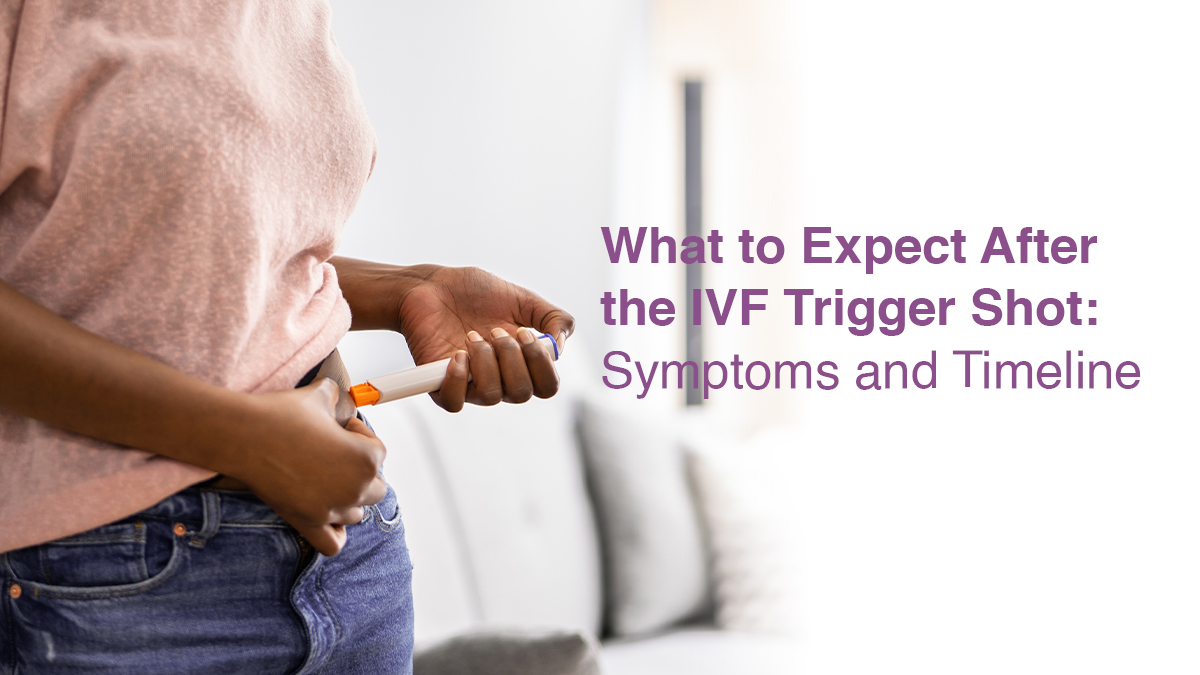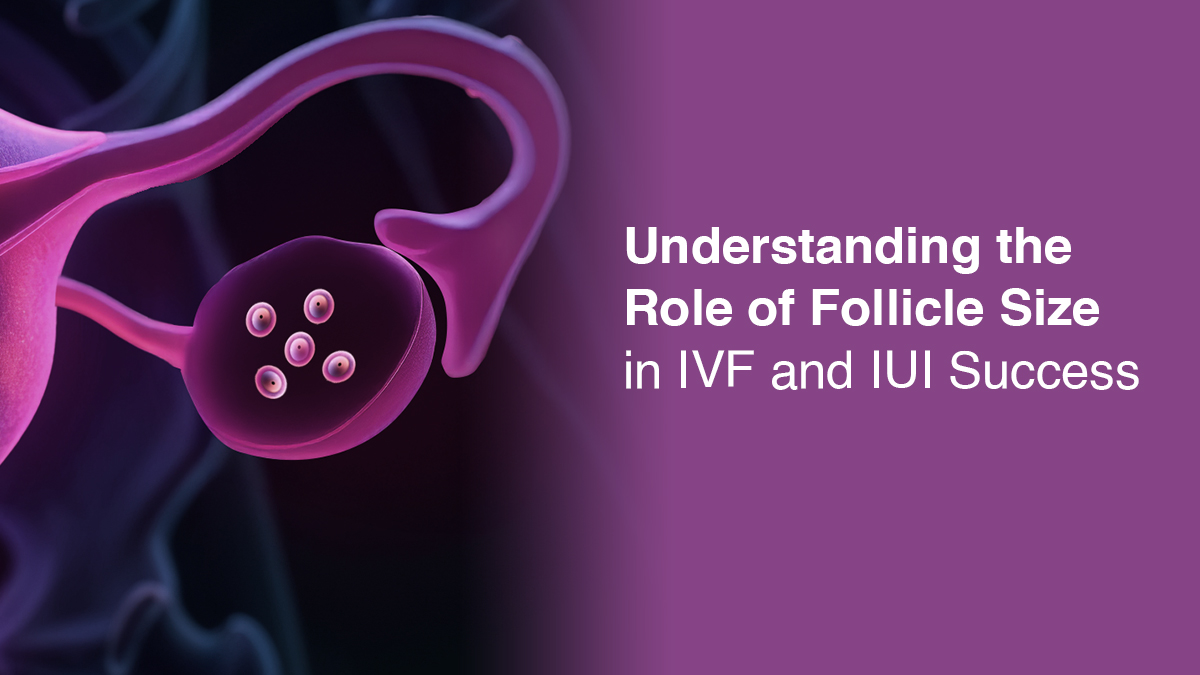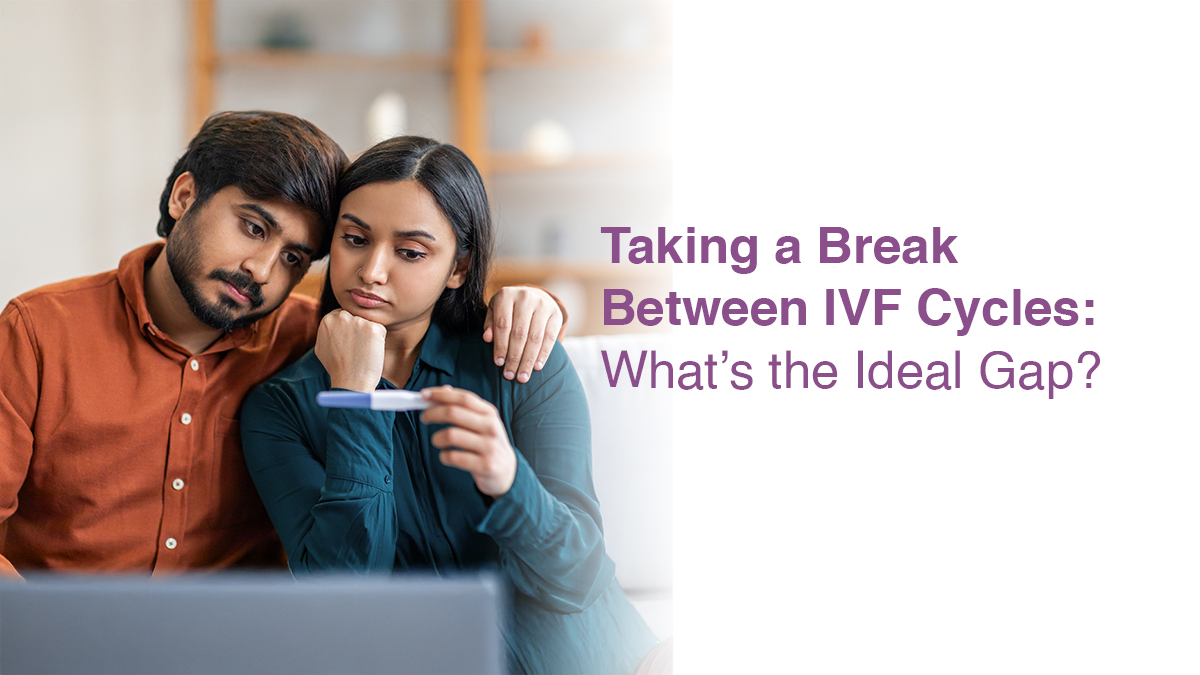
An Overview to Understand the Test Tube Baby Process

Did you know that the first test-tube baby in the world was born successfully in the UK as far back as 1978? This Assisted Reproduction Technique (ART), better known as In-Vitro Fertilisation (IVF) has come a long way since then. So, what is a test tube baby? This term was originally coined for babies born through artificial insemination but has been expanded to include the use of IVF treatment for pregnancy.
Who Needs IVF Treatment?
Unfortunately, infertility is on the rise worldwide. In India, it affects at least 10%-15% of married couples. If you too have been facing problems conceiving, it is best to consult a fertility specialist to understand the test tube baby process. This IVF process is usually recommended in the following cases:
Blocked or Damaged Fallopian Tubes:
In the woman’s body, the eggs travel from the ovaries to the uterus via the fallopian tubes. If both these tubes are damaged or blocked, the eggs cannot get fertilised or reach the uterus.
Male Factor Infertility:
If the male partner is found to produce low sperm numbers or the quality of the sperm produced is low, a test tube pregnancy might be your best option.
Ovulation Disorders:
Here, the women might be unable to produce eggs or the production may not often occur, so fewer eggs are available for the sperms to fertilise.
Endometriosis:
This is a condition where the cells of the uterine lining begin to grow outside of the uterus. It can affect the uterus, ovaries and/or fallopian tubes.
Unexplained Infertility:
There are times when tests fail to identify the cause of the infertility.
The Step-by-Step IVF Process
The simplest answer to what is a test tube baby is that a woman’s egg and a man’s sperm are harvested for fertilisation under laboratory conditions. The fertilised egg is then transferred to the woman’s uterus, where if it successfully implants and begins to grow, pregnancy occurs. Here’s what you need to know about pregnancy through the IVF or test tube baby process:
Step 1: Initial Consultation and Assessment
During your initial consultation with a fertility specialist, your medical history will be reviewed and tests will be conducted to identify the reason for the inability to conceive. The tests can include:
- Blood tests, to check the hormonal profile, Karyotype (number of chromosomes), etc.
- Pelvic ultrasound, to determine the health of the uterus and ovaries.
- Semen analysis, to assess the shape, size, count, movement and quality of sperms.
Step 2: Ovarian Stimulation
This involves stimulating the ovaries to produce more eggs. It is done through a series of injections or medications. The fertility specialist will explain the procedures clearly so that you can continue the stimulation at home. You will need to return to the fertility clinic to check how your body is responding to the stimulation. The chances of successfully fertilising eggs and achieving pregnancy are increased by collecting more eggs.
Step 3: Egg Retrieval
Once your doctor determines that the number and size of follicles are optimal, a trigger injection of human chorionic gonadotropin (hCG) is given. It takes 36 to 38 hours for ovulation to be triggered and the eggs to mature enough for collection. So, within about 2 days of the trigger injection, the IVF process proceeds to egg retrieval. This takes only about half an hour, during which the specialist uses a thin needle to drain the follicles of the eggs. You might need to remain at the hospital for a few hours after this procedure to recover fully.
Step 4: Sperm Collection
On the same day as egg collection, the male partner will need to provide a sperm sample so that there is no delay in fertilising the eggs. This sperm sample will be tested to find the most viable sperm for fertilisation.
Step 5: Fertilisation
At this stage of the test tube baby process, the eggs and sperm are placed together in a petri dish under controlled laboratory conditions for fertilisation to occur. The aim is to combine and culture the sperm and eggs so that as many embryos as possible are created to maximise the chances of IVF success. If there are any concerns regarding sperm quality, fertilisation might be facilitated through an Intracytoplasmic Sperm Injection (ICSI), where the sperm is inserted directly into each egg.
Step 6: Embryo Culture
The day after the eggs and sperm are combined, they will be examined to determine whether fertilisation has occurred. The fertilised eggs are then allowed to grow into embryos in the laboratory till Day 5. This is called the Blastocyst stage, when the embryos are most likely to implant successfully in the uterus. If more than one egg has been fertilised, the additional viable embryos will be frozen for later use, in case you need it.
Step 7: Embryo Transfer
The highest quality blastocyte is transferred to the woman’s uterus through a simple surgical procedure. Embryo transfer is usually done after five days of egg collection. A fine catheter is passed through the vagina and cervix, through which the blastocyte is transported to the uterus.
Step 8: Luteal Phase Support
Now, you simply need to wait for two weeks before a pregnancy test is done to check whether the embryo has successfully implanted and is growing. Your fertility specialist will let you know how to take care of yourself during these two weeks.
Step 9: Post-Transfer and Pregnancy Test
Once the blastocyte is transferred, it hatches out of its shell and begins to attach itself to the uterine lining. This might take 2-3 days, after which the foetus and placenta begin to develop. After about 6 days of the embryo transfer, Human chorionic gonadotropin (hCG) will be released by the body to aid the pregnancy. By Day 9, the levels of hCG in the blood become quite high. This is what a pregnancy test checks for.
Success of the Test Tube Baby Process
It is crucial to strictly follow the instructions given by your fertility specialist to maximise the chances of success of the IVF treatment. In India, the average IVF success rate, according to the All India Institute of Medical Sciences (AIIMS), stands at about 30%-35%. Various factors determine the success of the test tube baby process, including the mother’s age and overall health status. The fertility clinic you choose also plays a vital role in success.


fill up the form to get a
Free Consultation
Avail 0% interest on EMI
All Procedures | No Upper Limit
Frequently Asked Questions
What is the process of test tube babies?
Is a test tube baby procedure painful?
What is the difference between IVF and test tube baby process?
How we reviewed this article:
- Current Version
- August 21, 2024 by Oasis Fertility






